At the beginning of May, I promised we’d provide a recap of the #31for31 social media campaign to celebrate Preservation Month across Pennsylvania. If you missed a post on our Facebook page or in our Twitter feed, no worries! You can see it, and the rest of the month’s content, right here. Don’t miss the big announcement covered in the May 31st post! Continue reading
Category: Economic Development (Page 4 of 5)

Add this to your summer reading list! #preservationhappenshere – PA’s Statewide Preservation Plan – is ready for you
Picture yourself – lounging poolside, lakeside, or on the beach – with your tablet or smart phone (or even good old-fashioned paper) enjoying the hottest summer publication that hasn’t yet made the New York Times bestseller list: #preservationhappenshere, Pennsylvania’s next statewide historic preservation plan. Continue reading
By Liz Allen, Preservation Erie
Erie County’s story spreads out across the land and spills out across the water. Our tales are told through architectural treasures and our narrative is shaped by our natural environment. We’ve unearthed our roots by preserving our immigrant past, while we continue to reinvent our future by welcoming new Americans. Continue reading
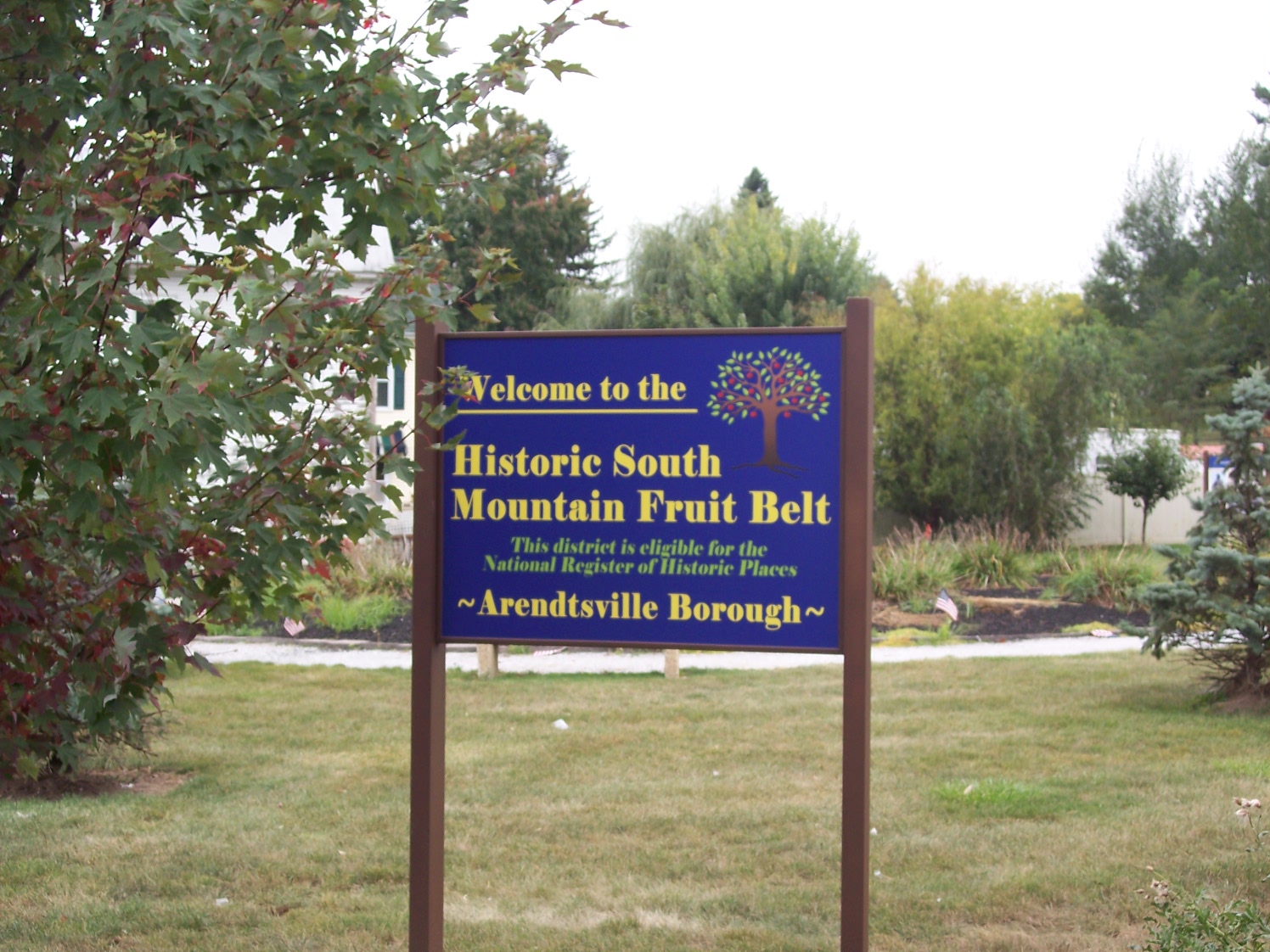
Adams County Fruit Belt makes $ense
Beginning in the early 19th century, and becoming more widespread in the years following the Civil War, fruit orchards of one type or another have dotted the South Mountain landscape in northwestern Adams County. Today, Adams County is home to the largest fruit growing industry in Pennsylvania. Continue reading

Preserving Titusville: The Birthplace of The Oil Industry Finds A Path Towards Saving Its Historic Architecture
by Abigail Watson-Popescu
As a child growing up in Titusville the first thing you are taught about your hometown is that Edwin Drake struck oil here on August 27, 1859. The thing you notice, though, is that your town feels very different from other towns. With wrought iron fences lining slate sidewalks, horse hitching posts and carriage mounting blocks dotting the streets, and gigantic Victorian houses abounding there is a feeling of actually living in another time.
The internet tells me that 45% of all Americans make News Year’s resolutions. The top ones – which I think we’ve all made at one time or another – are to be happier, healthier, and more organized. A psychologist friend tells me that one of the ways to be happier and healthier is to manage your stress. Well, duh, right? This same friend also tells me one way to do that is to all seek out good news to balance all of the bad news in our world. I’m sure you’re all thinking, “well, that’s great, Shelby, but why are you talking about this in a SHPO Shout-Out post?” I’m talking about it because the SHPO Shout-Out is all about good news! A well-known TV talk show doctor even says sharing good news boosts your mood. I’m no doctor or expert on these matters, but it seems like taking just a few minutes to read this post and think about all the wonderful things happening in our communities can help reduce your stress level and – like icing on a cake – if you share it with others you might just be happier, too!
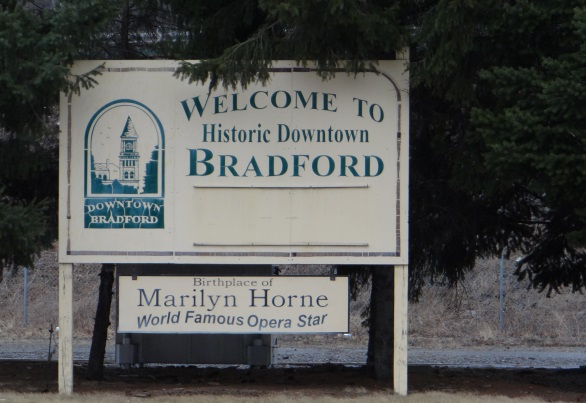
Spotlight Series: Preservation At Work in Bradford
45 communities in Pennsylvania have a formal working relationship with the Pennsylvania State Historic Preservation Office (PA SHPO) on a variety of preservation-related programs and projects.
Known as Certified Local Governments (CLGs), these communities represent a broad geographic, demographic and economic swath across the Commonwealth. From Philadelphia (Pop. 1.5 million) to Mercersburg, Franklin County (Pop. 1500) and located in over a third of Pennsylvania counties, the CLG program provides exclusive funding and technical assistance for local governments. As you may remember from this post a few months ago, the CLG program is one of several federal programs administered by the PA SHPO; in this case, the National Park Service provides guidance, rules and funding for the CLG program.
Three CLG communities in the PA SHPO Western Region provide a glimpse into the range of preservation activities CLGs can sponsor. Over the next few months, we’ll illustrate how the City of Bradford, Moon Township and the City of Pittsburgh have used the CLG program to leverage their preservation programs. We’ll turn our spotlight on Bradford first.
It’s hard to believe that a month has gone by since our first ever SHPO Shout-Out! I’ll give my own Shout-Out to everyone who liked, posted, shared, tweeted, and emailed our November post to spread the word not only about the great projects I featured but also to let people know that we’d like to crowd-source candidates for future posts. The number of emails I got from readers with ideas for candidates were low – like zero! – but I understand that you’re all just getting used to the idea, right?! I can’t possibly know about all the good preservation victories across the 46,055 sq. mi. that make up Pennsylvania and I need your help!
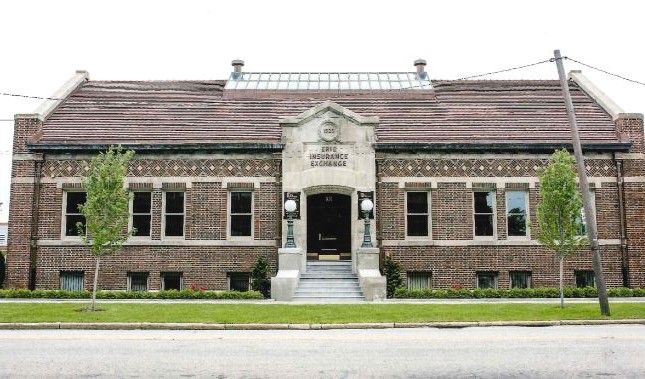
Good Things Take Time: The First Pennsylvania Tax Credit Project Comes Online
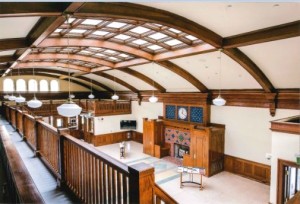 During my tenure with Pennsylvania’s Historic Preservation Office, I reviewed numerous legislative drafts for the long-awaited Pennsylvania Historic Preservation Tax Credit program. Early drafts included a historic homeowner component. Later versions proposed grants instead of tax credits. All dozen or so drafts were bypassed in the legislative process until the approval of the Pennsylvania Historic Tax Credit program in the Fiscal Year 2012-13.
During my tenure with Pennsylvania’s Historic Preservation Office, I reviewed numerous legislative drafts for the long-awaited Pennsylvania Historic Preservation Tax Credit program. Early drafts included a historic homeowner component. Later versions proposed grants instead of tax credits. All dozen or so drafts were bypassed in the legislative process until the approval of the Pennsylvania Historic Tax Credit program in the Fiscal Year 2012-13.
After a successful launch of the program in Fiscal Year 2013-14, I was eagerly anticipating the approval of the first historic tax credit project. My money was on a project from Philadelphia or Pittsburgh. These two cities received the most state tax credit allocations and have a long track record for project completion. To my surprise, those two cities will need to take a back to seat to the Flagship City of Erie – our Gem City situated on the sparkling water of Presque Isle Bay and Lake Erie – and the striking rehabilitation of the CF Adams Building by the Erie Insurance Exchange. Continue reading
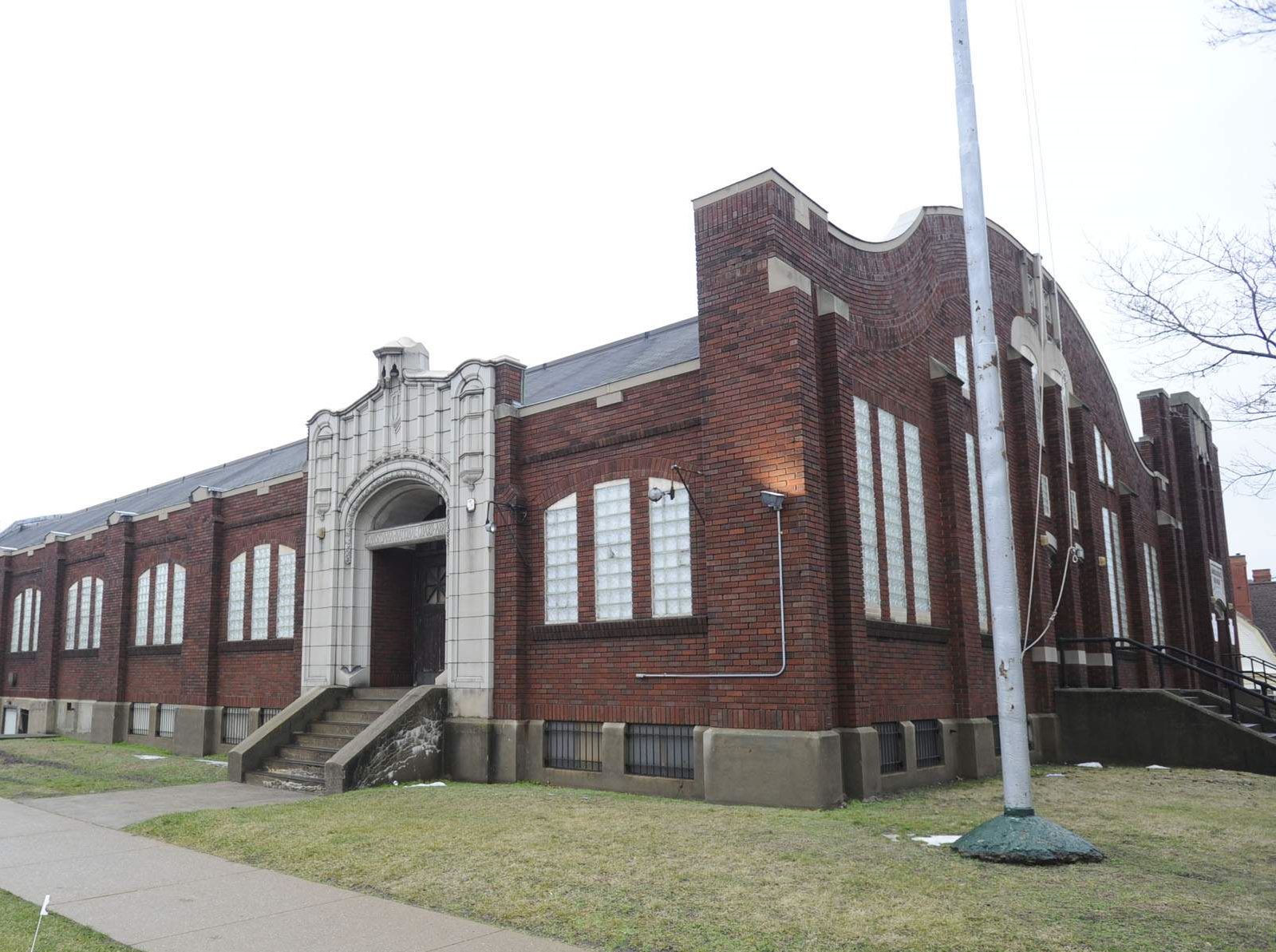
Pennsylvania Historic Preservation Tax Credit Program: Year 2 Recap
Since the opening date of the application period on December 1, 2014, I have received many calls and inquiries about the status of Year 2 of Pennsylvania’s Historic Preservation Tax Credit program. By the closure of the application period on February 1, 2015, the Department of Community and Economic Development (DCED) received 30 applications for the second round.
Over a long review period which lasted until mid-April, PHMC reviewed the applications to ensure applicants owned qualified historic buildings and that proposed rehabilitation plans met the Secretary of the Interior’s Standards for Rehabilitation. As the qualified applications far exceed the limited $3 million in available credits, DCED used a fair and balanced selection process based on a first -come, first serve basis with regional distribution to select the first round of projects. Continue reading
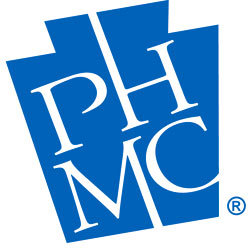
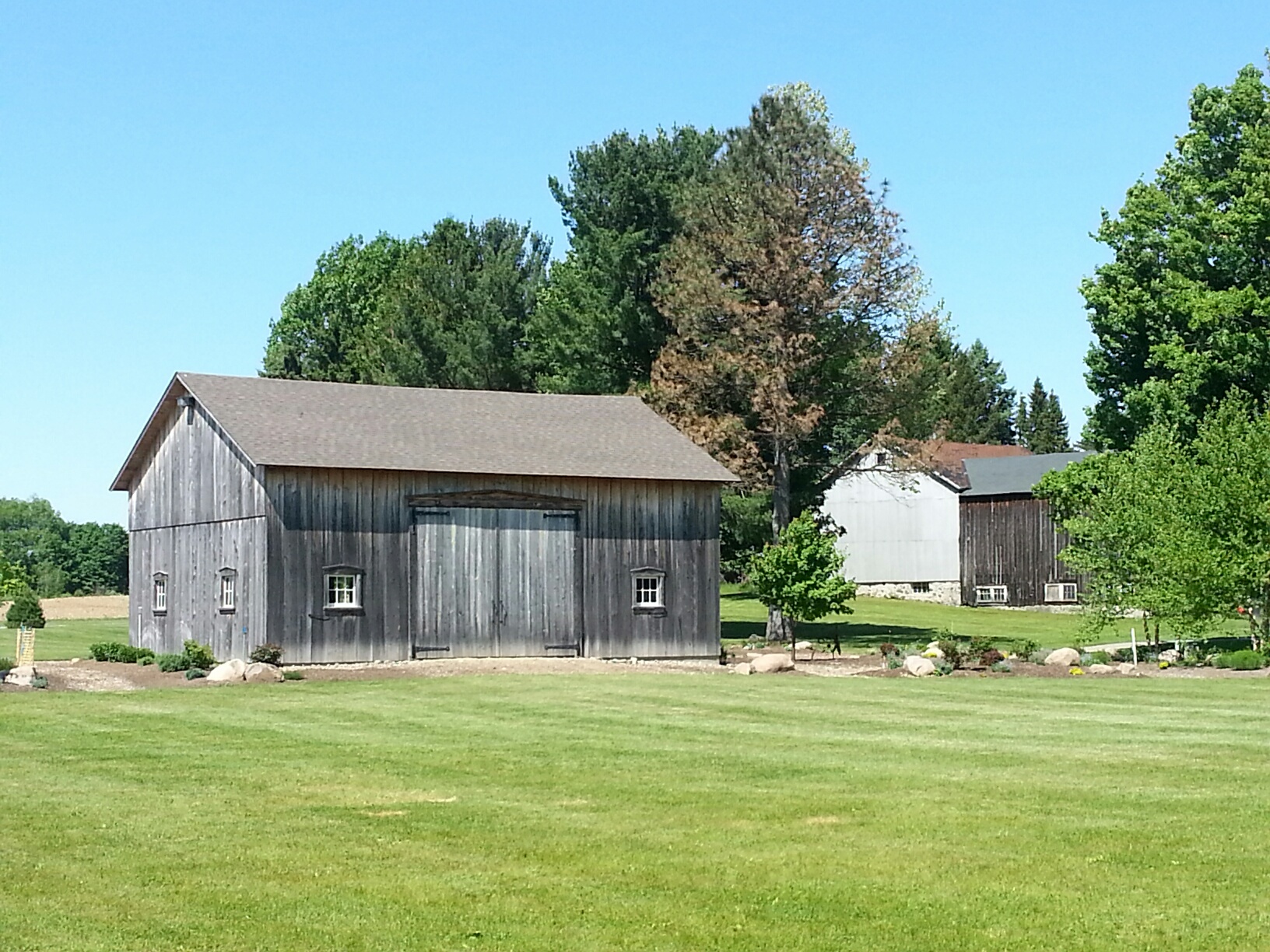


Recent Comments